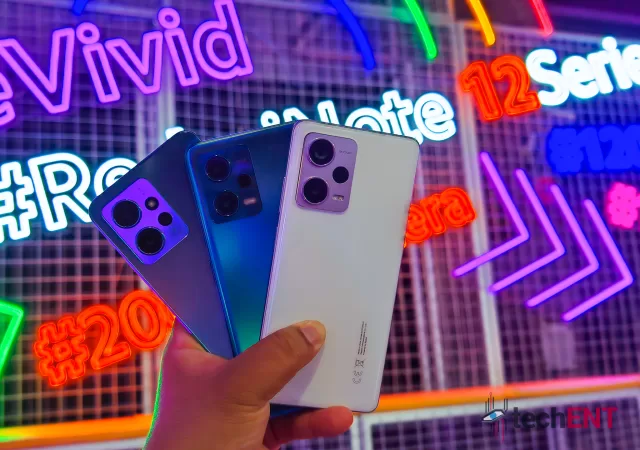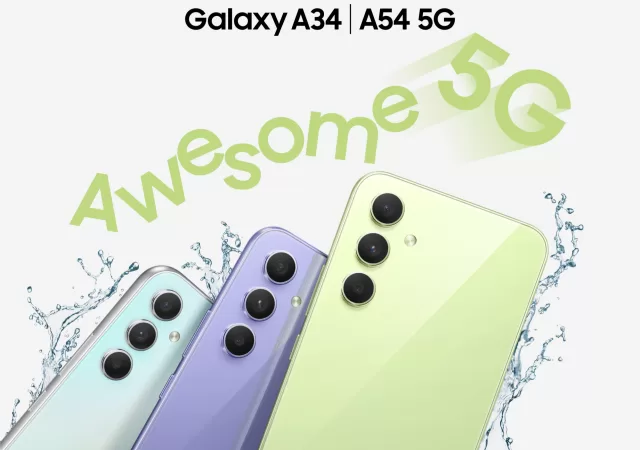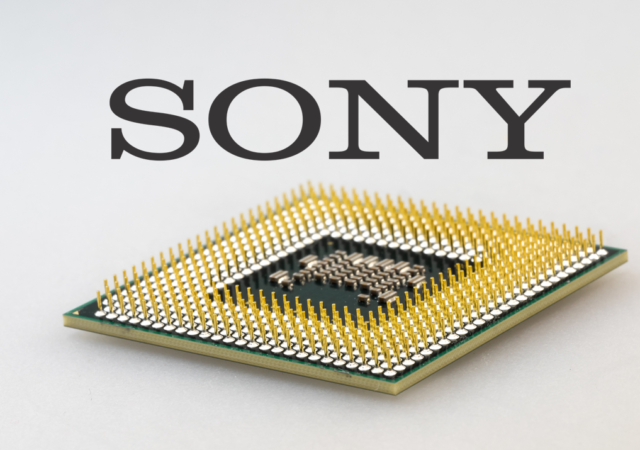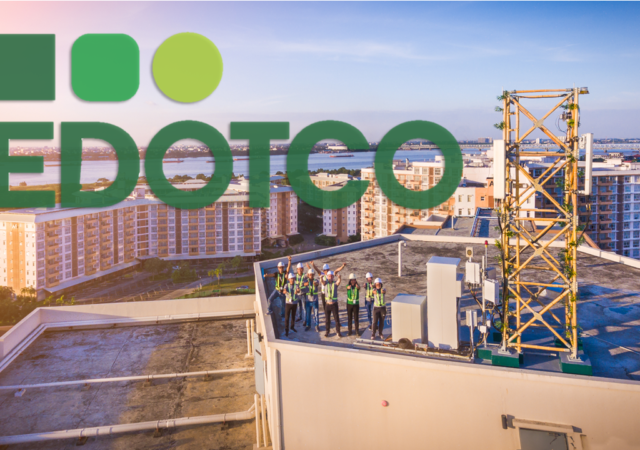Maxis and Hotlink subscribers can finally rejoice as Maxis rolls out 5G enabled plans to its subscribers after over a year.
Just Say YES! Cloud Gaming Comes to Malaysia with NVIDIA GeForce NOW
Cloud Gaming is officially in Malaysia in an exclusive partnership between Yes 5G and NVIDIA which brings GeForce NOW to Malaysian Gamers.
100GB of 5G Data with YES Power35 5G Postpaid Plan
YTL Communication’s YES announces its first capped 5G postpaid plan with 100GB of data for less than MYR50.
Xiaomi Redmi Note 12 Series Brings Flagship Class Specifications to a More Affordable Price Point
Xiaomi announces their new Redmi Note 12 series in Malaysia spearheaded by the Redmi Note 12 Pro+ which comes with a 200-megapixel camera.
Samsung Unleashes Awesome With New Galaxy A Series Flagships
Samsung launches new mid-range Galaxy A series phones, the A54 5G and A34 5G, with flagship camera experiences, long-lasting battery life, and better performance. They come with a 2-year warranty and 4 generations of OS upgrades and 5 years of security updates.
5G Edge & Security Deployment Evolution, Trends & Insights
With 5G taking center stage in 2023, Red Hat takes a look at the 5G Edge and some of the trends and insights driving adoption.
iPhone 5G connectivity finally enabled in Malaysia
Malaysian Apple users rejoice as 5G will finally be available on your iPhone. Thanks to the iOS 16.2 update, users on Apple’s telco partner networks of Celcom, DiGi and U Mobile are now able to connect to the 5G network.…
Sony ALT1350 Announced as New IoT Connectivity Chipset
Sony has broken ground in chipset manufacturing by announcing its new, ultra-low power ALT1350 Chipset. Developed by Sony Semiconductor Israel (Sony), the new ALT1350 chipset is the world’s first cellular LTE-M/NB-IoT solution which enables both LPWA communication protocols and satellite…
EDOTCO Looks to a New Decade of Empowering Equitable Connectivity, Innovation & Sustainability
EDOTCO celebrates its 10th anniversary by refocusing its efforts on sustainability and equitable connectivity with a new “Bionic Organization” approach.
U Mobile celebrates 5G network with Unlimited 5G Weekends
U Mobile celebrates the commercial launch of its 5G network by offering unlimited internet over the weekends. Every Saturday and Sunday, prepaid customers of U Mobile can enjoy unlimited usage with uncapped speeds on both 5G and 4G networks. All…












